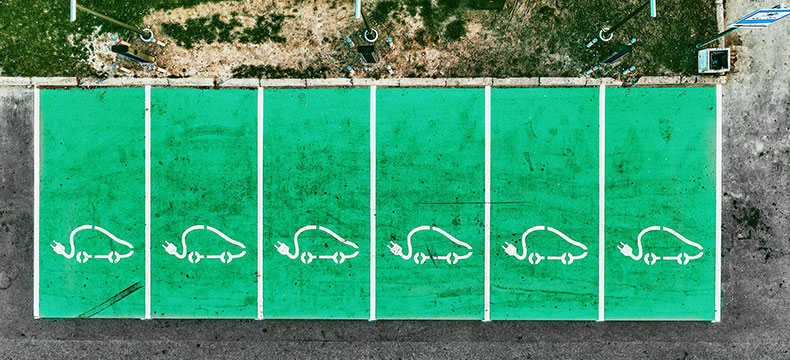Major investments in real estate, infrastructure, vehicles, or equipment are usually funded on a loan or lease basis. The financing itself is provided by manufacturer-related or non-manufacturer banks as well as leasing companies. But there is also a huge need for capital to invest in the transition to a sustainable economy and society, which can only be met if banks or leasing companies offer appropriate financing instruments.

Banks and leasing companies are now making greater use of securitisation, including in “green” financing. To cover specific, sustainable financing needs, assets such as loans, mortgages or other suitable receivables are converted into tradable assets that are independent of the of the company’s credit rating. These securitisation bonds are then placed on the capital market and can be acquired by investors.
This approach allows the financiers to raise additional debt capital, release equity capital or relieve their own balance sheet. The capital thus generated can then be used in turn for the refinancing of new loan and lease receivables. The investors who bought the bonds will be paid directly out of the interest and principal payments on the securitised assets. The contact for the lessee or borrower remains unchanged.
Sustainable capital goods
Transportation, real estate, equipment, or renewable energy are examples of credit-financed capital goods that can be refinanced through securitisation and contribute to the sustainable transformation.
The securitisation of car loans by automotive banks is one of the biggest examples of their use in terms of volume. This enables end customers to finance an electric car at attractive conditions directly via the producer.
The securitisation of construction finance loans of large universal banks is increasingly also taking place via so-called green securitisation. This way, the lending banks create clear incentives for their customers to increasingly realise energy-efficient construction or renovation projects. An example of a green securitisation of construction finance loans is the award-winning "Green Lion" programme, through which institutional investors were able to invest in a sustainable real estate portfolio.
The advantage of leasing equipment is that leased products are usually regularly renewed, professionally returned, and recycled, thus contributing to the circular economy. This accelerates the transition to new standards and contributes directly to the green and digital transformation of businesses, households, and infrastructure.
The examples show that a classic financing instrument such as securitisation can also contribute to the sustainable transformation of the economy and society. Securitisation is suitable for major investments such as energy or digitization projects, as well as for consumer-related products such as auto loans or construction finance loans. The versatility of the instrument therefore makes it particularly attractive for banks and companies and indispensable on the path towards a more sustainable economy. ING is helping companies to refinance on competitive terms while diversifying their options for refinancing and capital management.
Society is transitioning to a low-carbon economy. So are our clients, and so is ING. We finance a lot of sustainable activities, but we still finance more that’s not. See how we’re progressing on ing.com/climate.